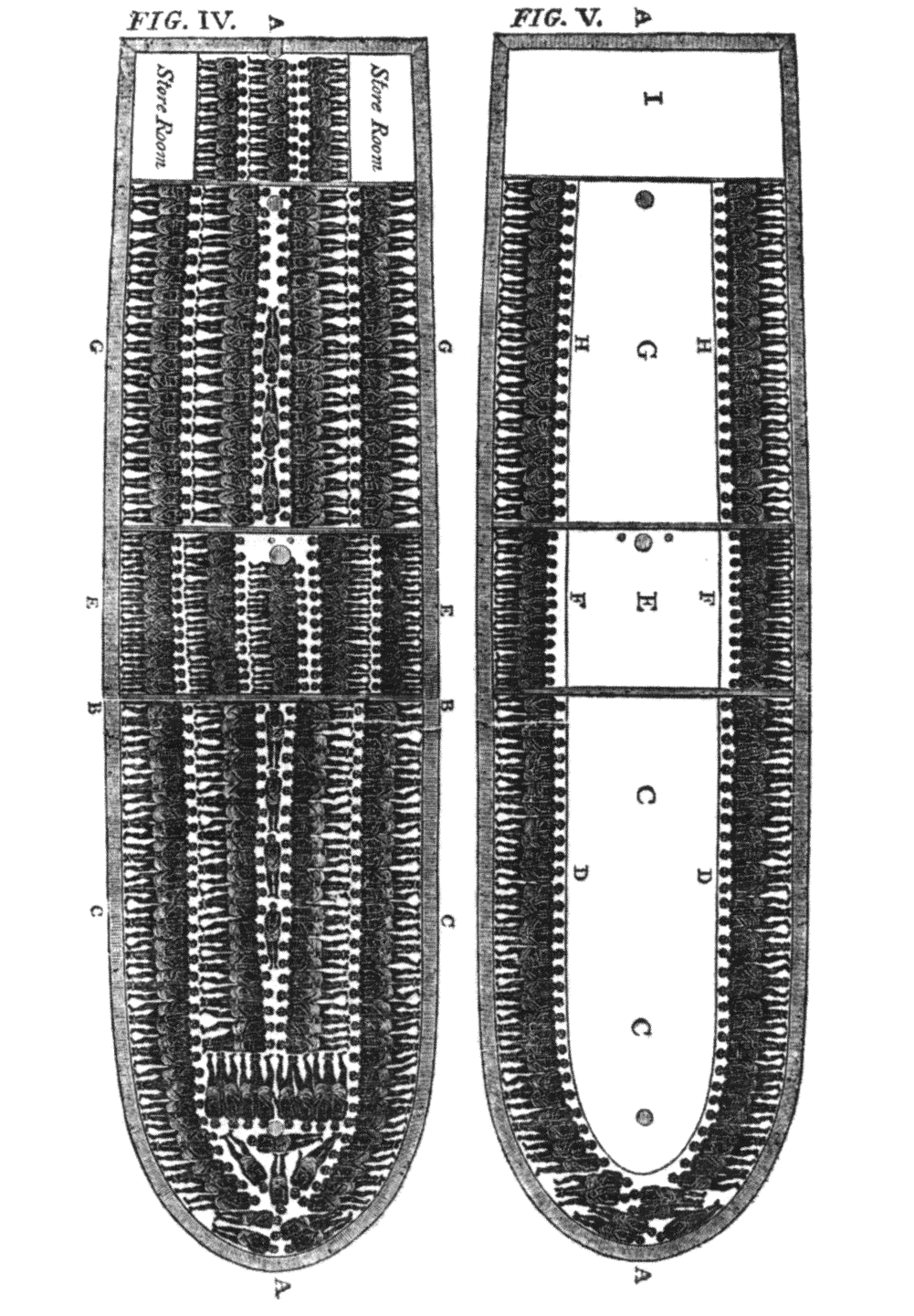The Transatlantic Slave Trade: Cause, Significance, and Examples

The transatlantic slave trade was a significant account not only in US history but in European and African histories, as well. It was recognized as a brutal and exploitative trade system that ran from the 15th century until the 19th century. Millions of African individuals were traded for goods and spices by European traders and transported across the Atlantic Ocean to become slaves in the Caribbean and the Americas.
The Cause of Transatlantic Slave Trade and How It Started
The transatlantic slave trade began in the 15th century when powerful European nations, including England, Spain, Portugal, Netherlands, and France, started exploring lands in the Americas to establish colonies. As they were seeking a cheap labor force to work in their mines and plantations, they turned to Africa to acquire enslaved people and forcibly transport them to the Americas. One reason for this shift is due to the rise in Native American deaths caused by exposure to Old World diseases.
The demand for labor in the New World led to a system called the triangular trade that involved three stages. The first stage was the outward passage, where European traders would set sail to the west coast of Africa to exchange goods and spices for enslaved African individuals. The second stage was called the middle passage, where the trading ships crossed the Atlantic Ocean, and enslaved Africans in the ship experienced degrading and brutal conditions. The final stage was the arrival of the slaves in the Americas, where they were sold or forced into labor.

Significance of the Transatlantic Trade in American History
The transatlantic slave trade brought a notable and lasting impact on US history, as well as the broader Americas. Many surrounding countries and regions were also deeply affected by this trade and its aftermath. Below are a few examples of the profound outcome brought by the slave trade.
(1) Mercantilism
The transatlantic trade played a vital role in the development and implementation of mercantilist policies. The economic theory and practice of mercantilism that dominated European economic thought from the 16th to the 18th century aimed to maximize a nation's wealth and power by promoting exports, accumulating valuable items, and establishing favorable trade balances.
(2) Economic Development
The slave trade and the overall concept of slavery contributed significantly to the economic development of the British colonies in the Americas and later the United States. Through the labor force that the African slaves provided, the Southern agrarian economy flourished. Meanwhile, the products and profits generated from slave labor supported the growth of industries and the accumulation of wealth.
(3) Cultural Influence
Another significant example of the effect brought by the transatlantic slave trade is the influence of African cultures and traditions on the Americas. Although they were considered slaves in the past, the presence of the African people in the regions of the Americas led to the development of distinct African-American cultural expressions, including dance, music, language, and religion. Their cultural heritage contributed to shaping popular American art, which is being accepted and enjoyed in the present, including jazz, blues, and hip-hop, to name a few.
The transatlantic slave trade may have had profound and devastating consequences for African slaves who had experienced brutal and unfair mistreatment in the past. However, the slave labor system played a fundamental role in shaping the economy, culture, and social and racial hierarchies of the United States and other American nations we know today.
